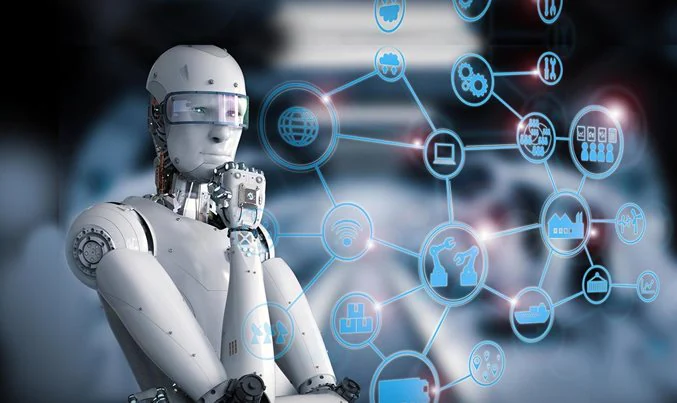Homelessness is a pressing issue that affects millions of people around the world. The lack of shelter, food, and other basic necessities can make life extremely challenging for those who are homeless. Fortunately, artificial intelligence (AI) can be a valuable tool to help address this issue.
Here are some ways that AI can help the homeless:
- Predictive Analytics AI technology can help predict which individuals are at risk of becoming homeless. By analyzing data such as income, employment status, health conditions, and social services utilization, predictive models can identify individuals who are likely to experience homelessness. This information can be used by social workers and policymakers to develop preventive measures, such as offering housing assistance or financial support, to those most at risk.
- Resource Allocation AI technology can help to optimize the allocation of resources to homeless people. By analyzing data on shelter occupancy, food bank usage, and other services, AI algorithms can help social workers and policymakers to identify where resources are most needed and how to allocate them most effectively. This can help ensure that homeless people receive the support they need, while minimizing waste and inefficiency.
- Natural Language Processing (NLP) Many homeless people struggle with mental health issues, such as depression, anxiety, and PTSD. NLP technology can be used to analyze the language used by homeless people in online forums and social media, to identify patterns of behavior that may be indicative of mental health problems. This can help social workers and mental health professionals to identify individuals who need support and connect them with appropriate services.
- Image Recognition Image recognition technology can be used to identify individuals who are sleeping rough on the streets. By analyzing images from security cameras or social media, AI algorithms can identify individuals who are at risk of harm and alert outreach workers or emergency services. This can help to ensure that homeless people receive the support they need to stay safe.
- Virtual Assistants Virtual assistants, such as chatbots or voice assistants, can provide homeless people with access to information and resources. For example, a virtual assistant could provide information on shelter locations, food banks, and employment opportunities. Virtual assistants can also provide emotional support and connect homeless people with mental health services.
In conclusion, AI technology can be a valuable tool to help address the issue of homelessness. By using predictive analytics, resource allocation, natural language processing, image recognition, and virtual assistants, AI can help to identify individuals who are at risk of homelessness, optimize the allocation of resources, identify mental health problems, ensure the safety of homeless people, and provide information and support. While AI technology is not a panacea for homelessness, it can be a powerful tool to help address this complex and pressing issue.
